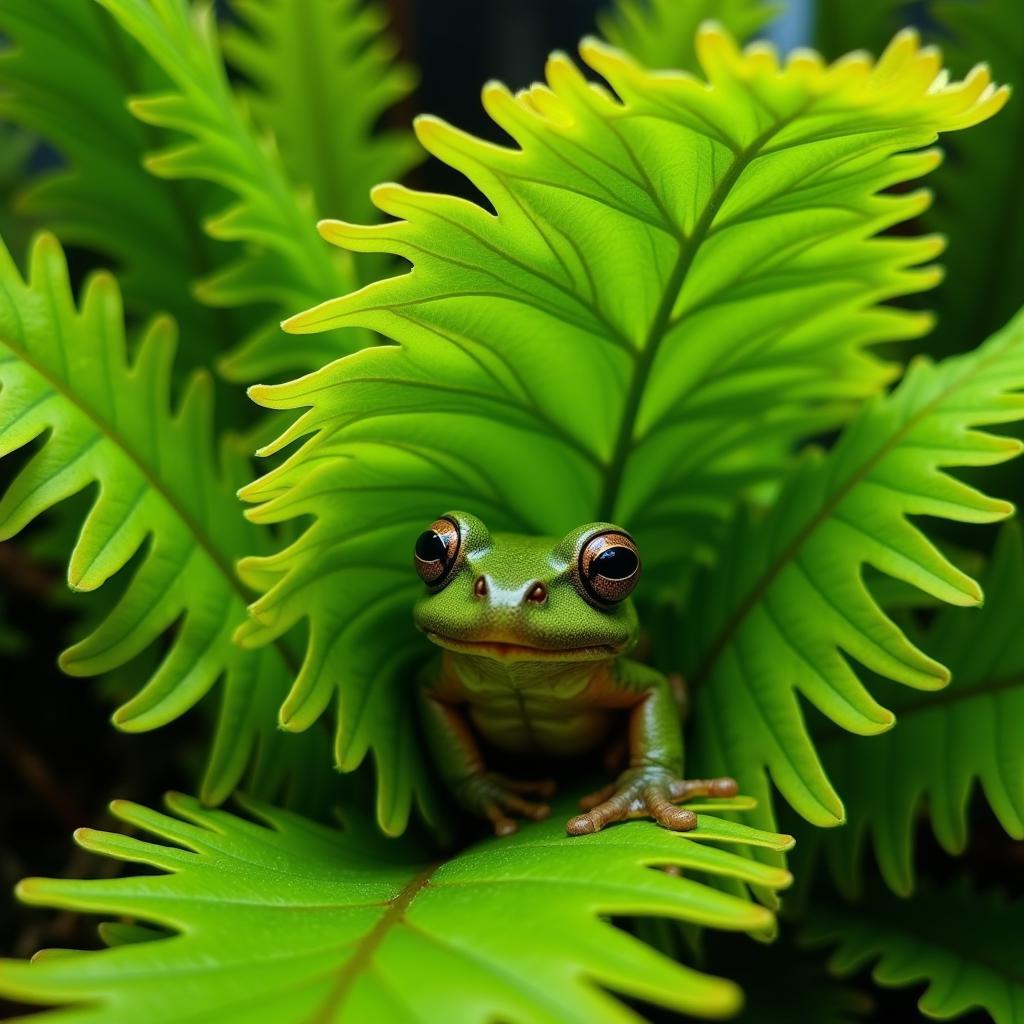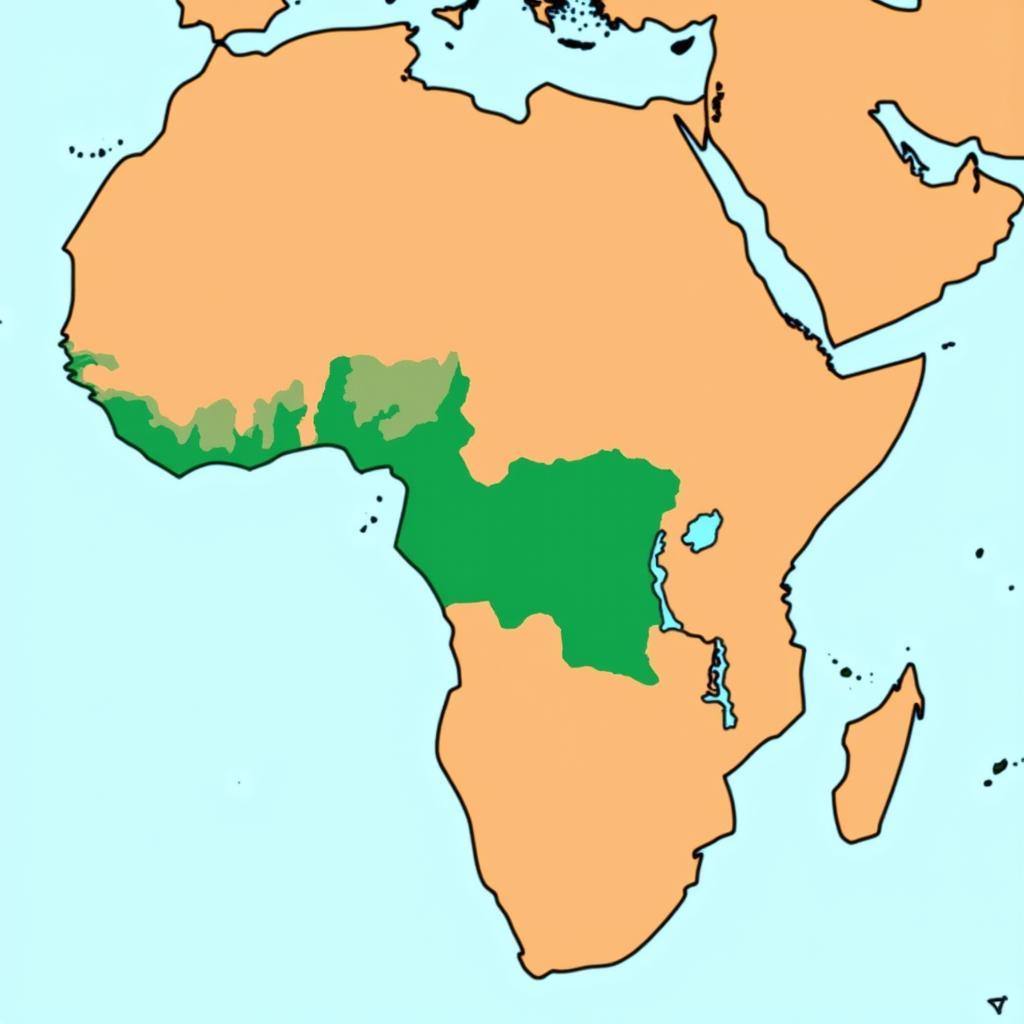African Clawed Frog Compatibility Chart: A Guide to Happy Tank Mates
Choosing tank mates for your African clawed frog can be tricky. These fascinating creatures have specific needs and a playful yet predatory nature that requires careful consideration when introducing them to other species. While they might seem like peaceful additions to a community tank, their carnivorous instincts can lead to unexpected snacks if you’re not careful! This guide dives into the ins and outs of African clawed frog compatibility, providing you with the information you need to create a thriving aquatic environment.
Understanding African Clawed Frog Behavior
Before introducing any tank mates, understanding the behavior of African clawed frogs is crucial. Here are some key points to keep in mind:
- Carnivorous Nature: Despite their small size, African clawed frogs are carnivores. Their diet consists mainly of live food like insects, worms, and small crustaceans.
- Poor Eyesight: These frogs have poor eyesight and rely heavily on their sense of smell and touch to find food.
- Opportunistic Feeders: They are opportunistic feeders and will eat anything they can catch, including tank mates that are small enough to be considered prey.
African Clawed Frog Tank Mate Compatibility Chart
This chart provides a quick overview of compatible and incompatible tank mates for African clawed frogs. Remember, every frog is different, and these are just general guidelines. Always research and observe your frog’s behavior closely.
| Tank Mate | Compatibility | Notes |
|---|---|---|
| Fish | ||
| White Cloud Mountain Minnows | Good | Hardy, peaceful, and too large to be eaten by most African clawed frogs. |
| Zebra Danios | Okay | Can be nippy and may stress the frog; ensure the tank is large enough with plenty of hiding spots. |
| Guppies | Not Recommended | Generally too small and may be seen as food. |
| Invertebrates | ||
| Ghost Shrimp | Not Recommended | Likely to be eaten, especially by larger frogs. |
| Nerite Snails | Good with Caution | Generally safe; choose larger snails as smaller ones could be swallowed. Monitor for any signs of aggression or the frog attempting to eat the snail. |
| Amphibians | ||
| African Dwarf Frogs | Not Recommended | Can carry diseases that can be harmful to African clawed frogs. |
| Others | ||
| African Clawed Frogs | Good | Can be kept together, but ensure adequate space to prevent territorial disputes. |
Factors Affecting Compatibility
Beyond the specific species, several factors can impact the success of tank mate introductions:
- Tank Size: A larger tank provides ample space for all inhabitants, reducing territorial stress and potential conflicts.
- Aquascaping: Plenty of hiding spots, such as caves, rocks, and plants, offer places for frogs and tank mates to escape and feel secure.
- Water Parameters: Ensure compatible water parameters for all species in the tank.
- Individual Temperament: Just like people, some frogs are more easygoing than others. Observe your frog’s behavior closely before and after introductions.
Introducing Tank Mates
When introducing new tank mates, follow these steps to minimize stress:
- Quarantine: Quarantine new additions for at least two weeks to prevent introducing diseases to the main tank.
- Acclimation: Slowly acclimate new tank mates to the existing water parameters by gradually adding small amounts of tank water to their container over an hour.
- Observation: Monitor the tank closely for any signs of aggression or stress after the introduction.
Tips for Success
- Feed Your Frog Properly: A well-fed frog is less likely to see tank mates as food.
- Choose Tank Mates Wisely: Opt for peaceful, larger species that are less likely to trigger the frog’s predatory instincts.
- Provide a Spacious Tank: A larger tank is always better, especially when housing multiple species.
 African Clawed Frog Hiding in Java Fern
African Clawed Frog Hiding in Java Fern
Conclusion
Creating a harmonious community tank with African clawed frogs requires careful planning and consideration. By understanding their needs, choosing compatible tank mates, and taking the necessary precautions, you can create a thriving and fascinating aquatic environment for all your aquatic pets. Always prioritize the well-being of your animals and seek advice from experienced aquarists or veterinarians if you have any concerns.
FAQs
Can African clawed frogs live with goldfish?
Goldfish are not suitable tank mates for African clawed frogs. Goldfish prefer colder water temperatures than African clawed frogs, and they can also carry diseases that are harmful to frogs.
What happens if my African clawed frog eats a tank mate?
If your African clawed frog eats a tank mate, it’s important to remove any remaining tank mates and monitor the frog for any signs of illness. If you are concerned about your frog’s health, consult with a veterinarian.
Can I keep multiple African clawed frogs together?
Yes, African clawed frogs can be kept together, but it’s important to provide them with a large enough tank with plenty of space to prevent territorial disputes.
Do African clawed frogs need a heater?
Yes, African clawed frogs are tropical animals and need a heater to maintain a water temperature of 78-82°F (25-28°C).
How often should I feed my African clawed frog?
Adult African clawed frogs should be fed every 2-3 days, while juveniles should be fed daily.
What should I do if my African clawed frog seems stressed?
If your African clawed frog is showing signs of stress, such as hiding all the time or refusing to eat, check the water parameters to ensure they are within the appropriate range. You should also make sure that the frog has plenty of hiding places and that the tank mates are compatible. If you are concerned, consult with a veterinarian.
Need more help? Contact us at +255768904061, email us at kaka.mag@gmail.com or visit us in Mbarali DC Mawindi, Kangaga, Tanzania. Our customer service team is available 24/7.

